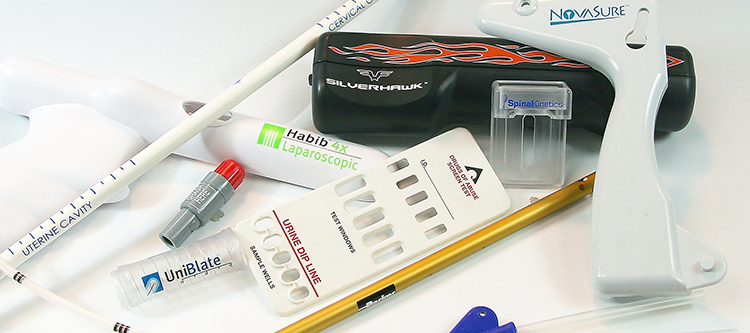Blog Post: Importance of Class VI Inks for Printing on Medical Devices

Syringes, catheters, medical tubing – most of the time these medical devices are imprinted with markings that facilitate their use. Because they come in contact with the human body, both the substrate itself and the ink used to mark it are subject to standards issued by the United States Pharmacopeia (USP). USP is an official public standards authority for health care items that sets standards for the quality, purity, strength and consistency of medical products. For an ink used in pad printing a medical device to pass USP Class VI standards, it must exhibit a very low level of toxicity by passing all of these tests requirements.
Acute Systemic Toxicity Test:
The acute systemic toxicity test measures the irritant effect of the test material and determines its human hazard potential. Toxicity is determined by oral, dermal and inhalation exposure to the material. In other words, the material will be placed on the skin of the test animal, fed to it or vaporized so the animal inhales it. The method or methods that are used depend on the product's method of use.
Intracutaneous Test:
The intracutaneous test administers the material directly to the tissues it will be in contact during normal use without the protection of the skin or any other body system. This allows the tester to evaluate the response of particular tissues to the material. For example, a plastic implant must display low levels of toxicity and irritation when in contact with muscle and fatty tissues.
Implantation Test:
The implantation test determines the response of live tissue to the material when implanted inside a live animal. The standard implantation time required for a USP Class VI test is five days. If after the five-day period there are no signs of irritation or toxicity, it will meet the implantation requirements of the test.
Standard Temperatures and Times:
The material extracts used on the systemic toxicity and intracutaneous tests are prepared at set temperatures and exposure times to guarantee the results meet a common standard. All material extracts are administered using three different temperature and time exposure specifications. First it is administered at 122 degrees Fahrenheit, or 50 centigrade, during 72 hours, then at 158 Fahrenheit for 24 hours and finally at 250 Fahrenheit for an hour.
